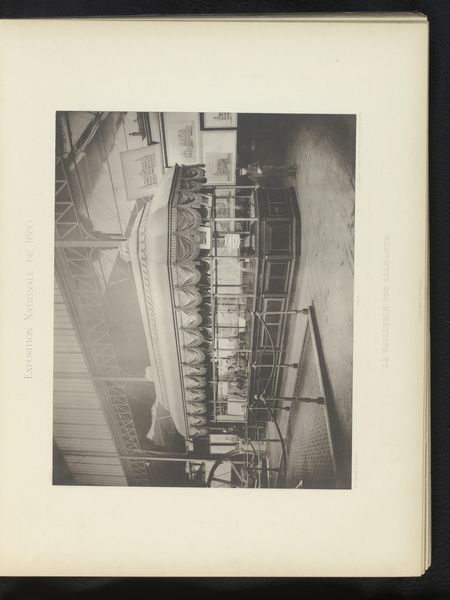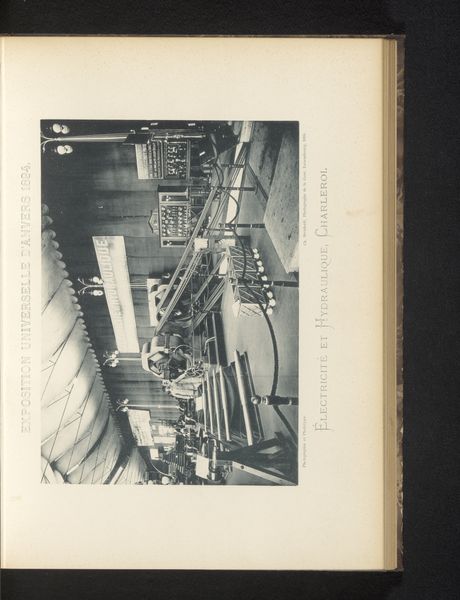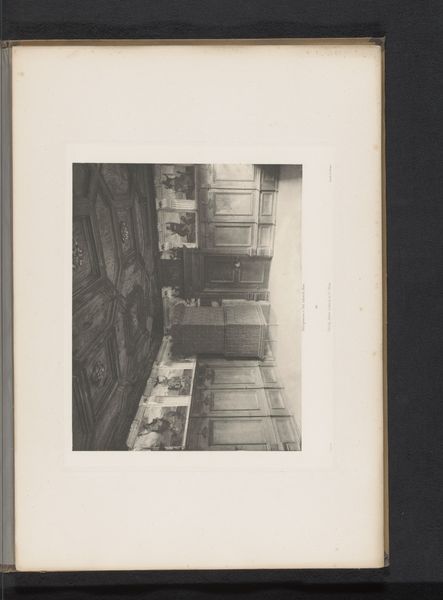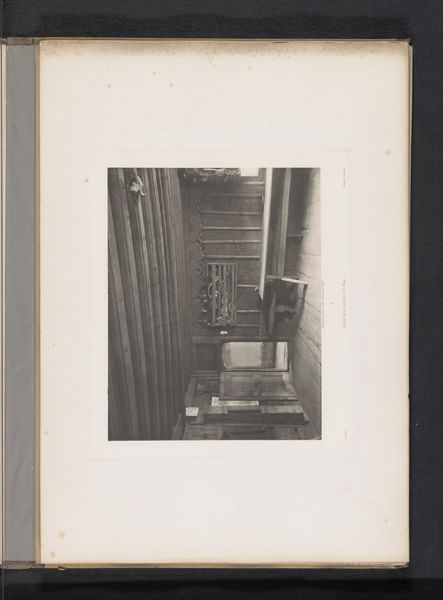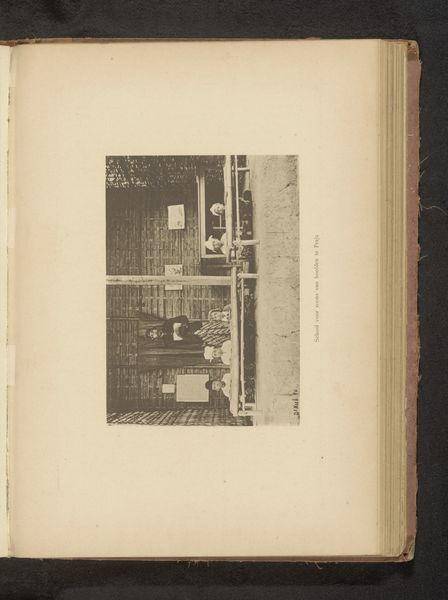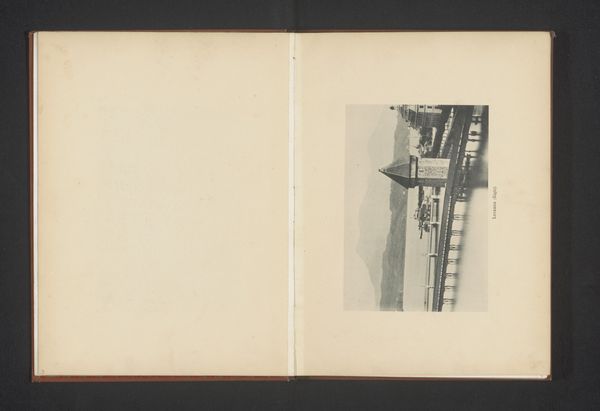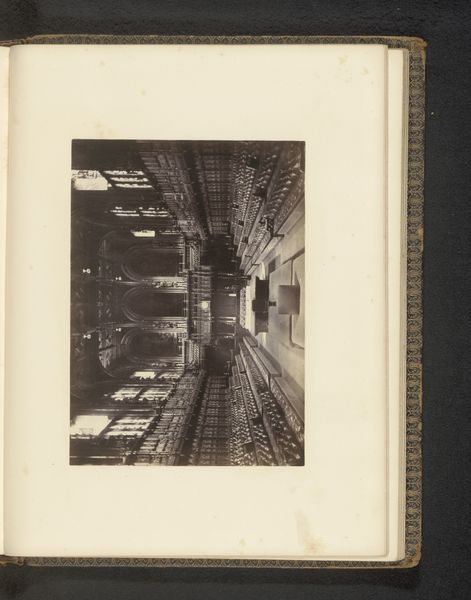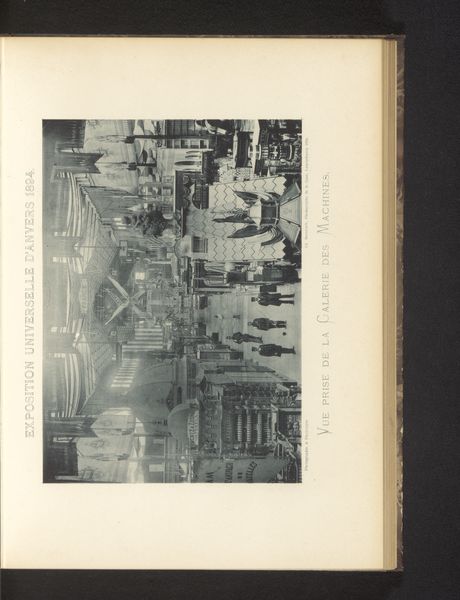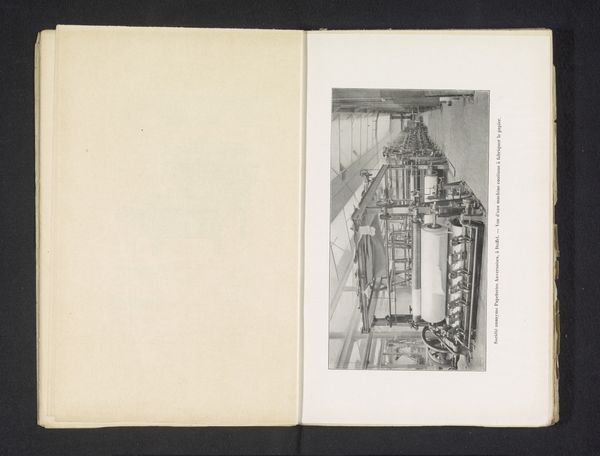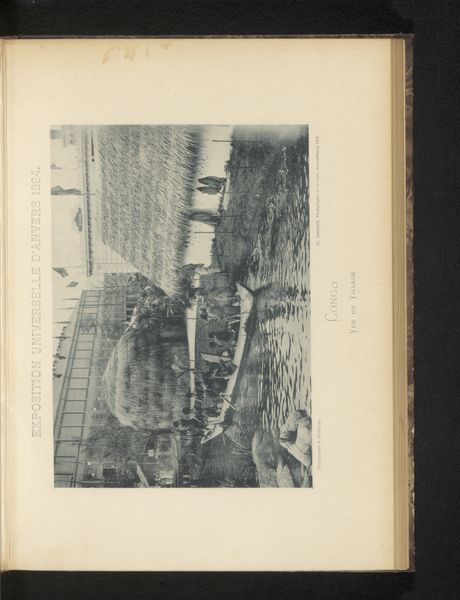
Miniaturen uit Thailand uit de verzameling van Emil Riebeck, op de binnenplaats van het Kunstgewerbemuseum in Berlijn 1884
0:00
0:00
print, etching, photography
#
aged paper
#
still-life-photography
#
homemade paper
#
ink paper printed
#
paperlike
# print
#
etching
#
asian-art
#
sketch book
#
paper texture
#
photography
#
personal sketchbook
#
folded paper
#
orientalism
#
paper medium
#
historical font
Dimensions: height 240 mm, width 312 mm
Copyright: Rijks Museum: Open Domain
Editor: Here we have a photographic print from 1884 entitled "Miniaturen uit Thailand uit de verzameling van Emil Riebeck, op de binnenplaats van het Kunstgewerbemuseum in Berlijn." It’s fascinating how this image documents a historical display. How should we understand it in its time? Curator: This image offers us a window into the world of 19th-century collecting and display practices, deeply rooted in the context of colonialism and orientalism. What’s immediately striking is how objects from Thailand, once vibrant cultural artifacts, are now presented as miniaturized specimens in a European museum setting. It reflects a Western desire to categorize and understand "the Orient." Editor: It’s like looking at a cabinet of curiosities, almost. The items seem stripped of their original context. Curator: Precisely. Ask yourself, what does it mean to present these cultural objects outside of their lived reality, within a European art museum? Doesn't it subtly assert a kind of power over that culture? Consider also Riebeck himself - who was he, and what were his motivations for assembling such a collection? Editor: So it’s not just about the objects, but also about the act of collecting and displaying itself. The museum becomes a stage. Curator: Exactly. It reflects broader societal attitudes towards non-Western cultures. Think about the impact of such displays on the European public's perception of Thailand at the time. This photograph documents a specific moment in the history of cultural representation and its intrinsic connection to power dynamics. What kind of assumptions were being reinforced? Editor: This really sheds light on how much museums play a role in shaping narratives. Thanks for broadening my understanding of this piece! Curator: My pleasure. Remembering that art and its display are never neutral allows for a more critical understanding.
Comments
No comments
Be the first to comment and join the conversation on the ultimate creative platform.

